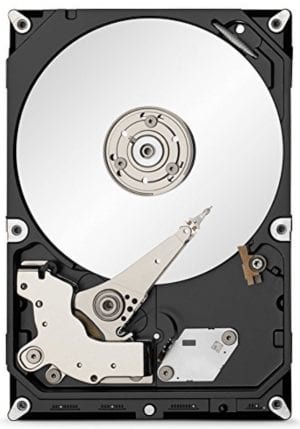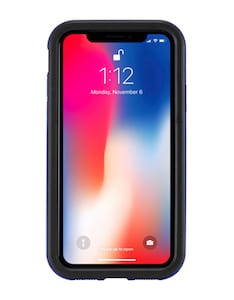
Although the end of January is less than a week away, cold weather can still affect parts of the Northern Hemisphere for another three months or so. As unpleasant as cold temperatures are for humans, they can also wreak havoc on consumer electronics. Here are a few tips to ensure that all of your devices can survive the cold.
Let Them Warm Up
Let’s say you just received a new gadget, and it’s been sitting on your front porch for four hours after delivery in subzero temperatures. Sure, you’d love to unbox it and get to work right away. Our suggestion? Let everything come up to room temperature slowly first.
Hard drives are especially susceptible to issues when they’re cold, as the lubricants that keep the platters spinning freely can thicken when chilled. If those platters are unable to spin at their design speeds, your device may not boot properly or data written to the drive while cold can be totally unreadable later.
Condensation is another killer for cold electronics in areas with high humidity. Those of you who wear glasses know that going from the cold outside to a warm, cheery house can result in those glasses getting covered with condensation — you can’t see through the resulting fog on your lenses.
Related: How to Maximize the Life of Your Device’s Battery
The same effect can cause issues with electronics; bring a vented hard drive into a warm, humid location after it has been sitting in cold weather for a while, and the condensation can be bad enough to cause electrical shorts on circuitry.
The fix? Don’t let the device be exposed to a sudden rise in temperature if it has been chilled for a while. Leave that drive in its shipping box for a while and let it warm up. For laptops, give them some time to warm up from subzero temperatures before turning them on.
Fortunately, we’re seeing a lot more Solid State Drives these days, and they’re not as susceptible to cold weather issues as hard drives are thanks to their lack of moving parts. However, it is still recommended that they are operated only once they’ve been warmed to a temperature of 0°C (32°F) or above.
Batteries and Low Temperatures
Here’s another thing to keep in mind if you’re ever out in the cold and want to charge your iPhone, iPad or MacBook. The Lithium-ion batteries found in many current consumer mobile electronic devices cannot be charged at temperatures below 0°C (32°F) without causing damage.
Although the cold battery may appear to be charging normally, metallic lithium plating can occur on the battery anode. This is a permanent condition, and batteries that experience plating are more apt to fail if exposed to vibration or other stressful states.
The solution? Don’t charge your electronic devices at temperatures below freezing and you’ll be OK.
Not Sure If It’s Too Cold? Check the Specs
One final word of caution. If you’re not sure whether your device will work outside in cold weather, check the manufacturer specifications. Most specs include minimum and maximum temperatures both for storage and for use, and as long as you keep those limits in mind while either storing or using your device, you should be able to prevent damage.
The MacBook Pro with Touch Bar, for example, can be stored in temperatures from -13° to 113°F (-25 to °C), but only used in temperatures between 50° to 95°F (10° to 35°C). An iPhone can operate in a wider range — 32° to 95°F (0 to 35°C), and can withstand non-operating temperatures between -4° and 113°F (-20° to 45°C).
Be sure to check out the Rocket Yard’s Tech Tips section for more tricks and guides.









I thought it was interesting when you explained that hard drives are susceptible to cold weather. I would imagine that it would be important to keep all forms of electronics at a stable temperature. It would be interesting to learn what the ideal temperature for all electronics is.
I go cross-country skiing in cold temperatures. Putting my iPhone in an old woolen sock in my pocket next to my body protects it sufficiently from the cold so that I can take pictures, use sports tracking apps like Endomondo, etc.
Yet another reason to use SSD instead of mechanical rotational HD.
“So, you’re out in the great outdoors on a beautiful, clear day with temperatures in the subzero day. There’s snow on the ground and you’re enjoying winter with friends, so why not take a picture?” Erm, because my iPhone dies in sub-zero temperatures. And apparently I shouldn’t try and recharge it somehow whilst still outside as that may cause permanent damage. So it looks like those beautiful snowy pics will have to wait, gloves or no gloves!
Outdoor enthusiasts need be aware of wind chill factor also. I had an IPod mounted to the handlebars on my motorcycle and froze it to death riding on an extremely cold day. Ice crystals formed and that was it.